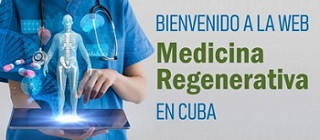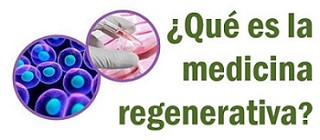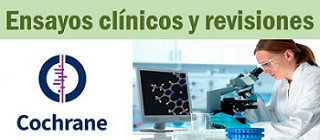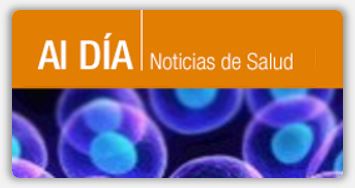Orlando, G., Baptista, P., Birchall, M., De Coppi, P., Farney, A., Guimaraes-Souza, N. K., Opara, E., Rogers, J., Seliktar, D., Shapira-Schweitzer, K., Stratta, R. J., Atala, A., Wood, K. J. and Soker, S. (2011), Regenerative medicine as applied to solid organ transplantation: current status and future challenges. Transplant International, 24: 223–232. doi: 10.1111/j.1432-2277.2010.01182.x
Transplant InternationalSummary
In the last two decades, regenerative medicine has shown the potential for “bench-to-bedside” translational research in specific clinical settings. Progress made in cell and stem cell biology, material sciences and tissue engineering enabled researchers to develop cutting-edge technology which has lead to the creation of nonmodular tissue constructs such as skin, bladders, vessels and upper airways. In all cases, autologous cells were seeded on either artificial or natural supporting scaffolds. However, such constructs were implanted without the reconstruction of the vascular supply, and the nutrients and oxygen were supplied by diffusion from adjacent tissues. Engineering of modular organs (namely, organs organized in functioning units referred to as modules and requiring the reconstruction of the vascular supply) is more complex and challenging. Models of functioning hearts and livers have been engineered using “natural tissue” scaffolds and efforts are underway to produce kidneys, pancreata and small intestine. Creation of custom-made bioengineered organs, where the cellular component is exquisitely autologous and have an internal vascular network, will theoretically overcome the two major hurdles in transplantation, namely the shortage of organs and the toxicity deriving from lifelong immunosuppression. This review describes recent advances in the engineering of several key tissues and organs.
Introduction
1. Top of page
2. Abstract
3. Introduction
4. Heart
5. Liver
6. Kidney
7. Pancreas
8. Airways
9. Digestive tract
10. Corneas
11. Immunology
12. Final remarks
13. Funding
14. References



